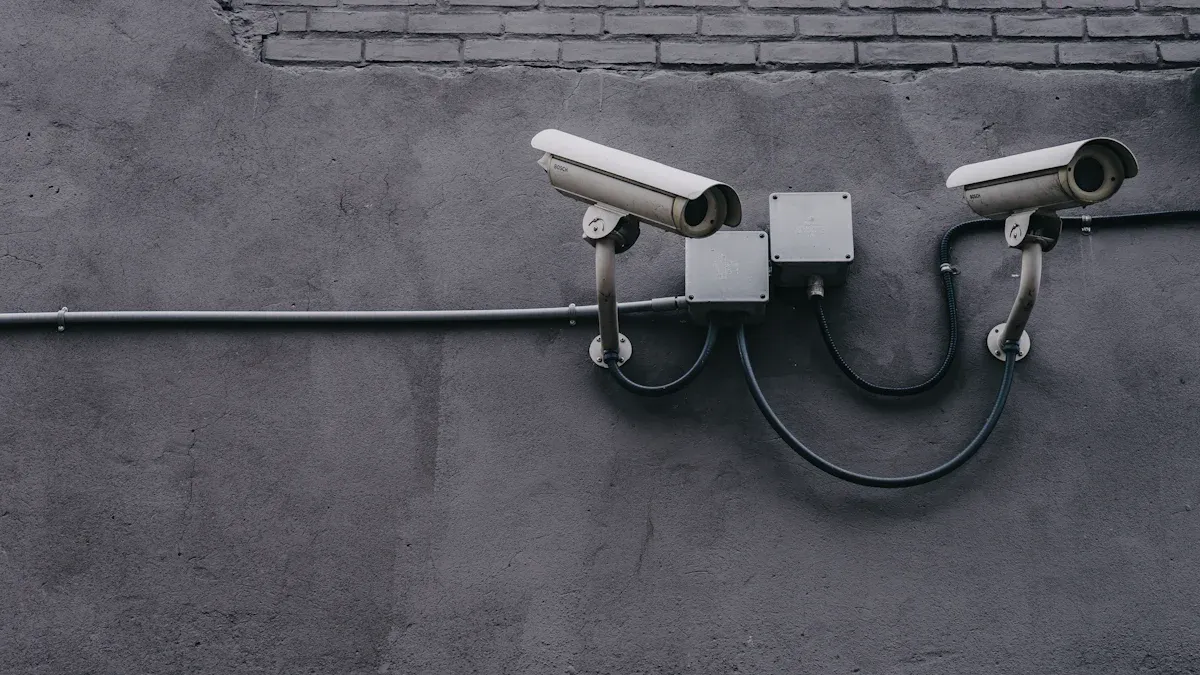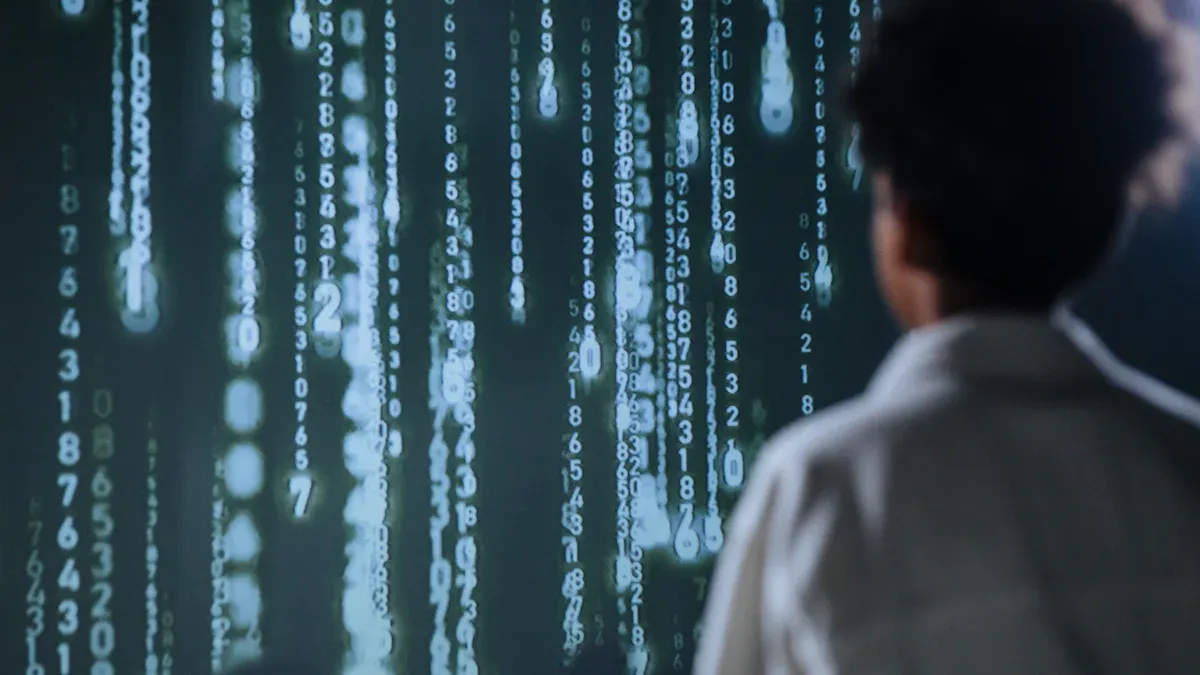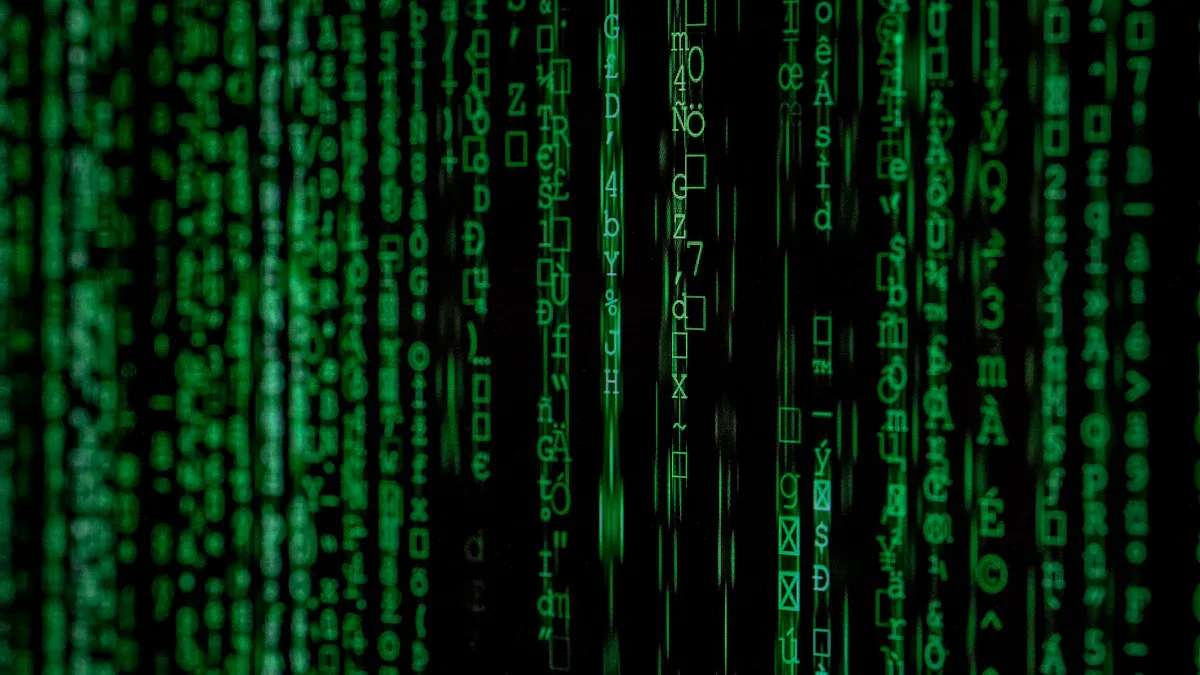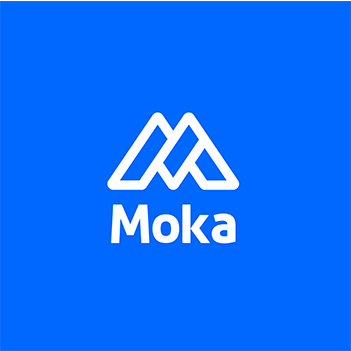Why Data Security Matters in HR SaaS Systems

Data security in HR SaaS & Data Security: What You Need to Know? systems is critical for protecting sensitive employee information. These platforms handle personal details, payroll data, and performance records, making them prime targets for cyberattacks. A single breach can expose confidential data, leading to financial losses and legal consequences. Unauthorized access, often caused by weak passwords or insider threats, further increases the risk. Compliance with regulations like GDPR and HIPAA adds another layer of responsibility. Organizations must adopt robust measures such as encryption, multi-factor authentication, and regular security audits to safeguard their systems. Prioritizing security ensures trust and operational integrity.
Key Takeaways
Keeping employee data safe is very important in HR systems. Use strong protections to stop data leaks.
Teach workers about security rules to avoid mistakes. Training helps them spot dangers and stay safe.
Following laws like GDPR and HIPAA is a must. It prevents fines and earns trust from workers and partners.
Use encryption and two-step logins to keep data safe. These tools make it harder for hackers to break in.
Check your system often to find weak spots and follow rules. Regular checks make your data security stronger.
HR SaaS & Data Security: What You Need to Know?

Key Risks in HR SaaS Systems
Data breaches and their causes
Data breaches are one of the most critical risks in HR SaaS systems. Hackers often target servers hosting sensitive employee data, such as payroll and personal information. Misconfigured SaaS applications contribute to 43% of security issues, leaving systems vulnerable to attacks. Additionally, businesses often lack control over their data, as SaaS vendors manage it. This makes it essential to establish clear data-processing agreements.
Accessing HR SaaS platforms from anywhere improves productivity but increases risks. Multiple access points create opportunities for cybercriminals to exploit weak security measures. Without proper safeguards, your organization could face devastating consequences.
Unauthorized access and insider threats
Unauthorized access is another significant risk. Weak passwords and poor access controls allow cybercriminals to infiltrate systems. Insider threats, such as disgruntled employees or accidental errors, also pose a danger. Studies show that 9 out of 10 data breaches result from employee negligence. Educating your team on security best practices can help reduce these risks.
Compliance challenges with regulations like GDPR and HIPAA
Compliance with data security regulations like GDPR and HIPAA is non-negotiable. These laws require organizations to protect sensitive data and report breaches promptly. Failure to comply can lead to hefty fines and legal penalties. For example, Meta faced a $1.3 billion penalty for GDPR violations. Ensuring compliance not only avoids penalties but also builds trust with employees and stakeholders.
Consequences of Poor Data Security
Financial losses and legal penalties
Poor data security can lead to significant financial losses. Recovering from a data breach involves costly measures, such as hiring cybersecurity experts and compensating affected individuals. Legal penalties add to the burden. For instance, Amazon faced an $877 million fine for GDPR violations.
Reputational damage and loss of trust
A data breach can tarnish your organization's reputation. Employees and stakeholders may lose trust in your ability to protect sensitive information. Rebuilding this trust takes time and resources, making prevention a top priority.
Impact on employee morale and retention
When employees feel their personal data is at risk, morale suffers. They may question your commitment to their privacy and security. This can lead to higher turnover rates and difficulty attracting top talent. Prioritizing data security shows employees that you value their trust and well-being.
Best Practices for Securing HR SaaS Systems

Implementing Encryption
Encrypting sensitive HR data
Encryption is one of the most effective ways to protect sensitive HR data. It converts information into unreadable code, ensuring that only authorized users can access it. By encrypting employee records, payroll details, and other confidential data, you can significantly reduce the risk of exposure during a breach. Encryption also ensures that even if hackers intercept your data, they cannot use it without the decryption key.
Types of encryption methods
There are two primary types of encryption methods: symmetric and asymmetric encryption. Symmetric encryption uses a single key for both encryption and decryption, making it faster but requiring secure key sharing. Asymmetric encryption, on the other hand, uses a pair of keys—one public and one private. This method is more secure and ideal for protecting sensitive HR SaaS data. Choosing the right encryption method depends on your organization's specific needs and the level of security required.
Strengthening Access Controls
Role-based access management
Role-based access control (RBAC) is a powerful tool for managing permissions in HR SaaS systems. It aligns access rights with job functions, ensuring that employees can only access the data they need for their roles. This approach prevents unauthorized access and limits the risk of data breaches.
RBAC simplifies user management by automating role assignments.
It enhances compliance with regulations like HIPAA by applying structured access policies.
It reduces administrative burdens, saving time and resources for your IT team.
Multi-factor authentication (MFA)
Multi-factor authentication (MFA) adds an extra layer of security by requiring users to verify their identity through multiple methods. For example, you might combine a password with a fingerprint scan or a one-time code sent to a mobile device. Studies show that MFA can reduce the risk of cyberattacks by up to 25%. By implementing MFA, you can significantly limit unauthorized access to your HR SaaS system.
Conducting Regular Security Audits
Benefits of periodic audits
Regular security audits help you identify vulnerabilities in your HR SaaS system before they can be exploited. These audits ensure that your system configurations and access controls remain secure. They also help maintain compliance with data protection regulations, reducing the risk of penalties.
Tools and frameworks for auditing
Several tools and frameworks can assist with security audits. Vulnerability management programs, for instance, include periodic scans to detect weaknesses. Vendor risk assessments evaluate the security practices of your SaaS providers. Internal audits review access permissions and incident response plans, while external audits provide independent validation of your security measures. By conducting regular audits, you can ensure that your HR SaaS system remains secure and compliant.
Employee Training and Awareness
Educating employees on security best practices
Your employees play a critical role in maintaining HR SaaS data security. Training programs help them understand and apply best practices, reducing the risk of human error. Many data breaches occur because of simple mistakes, such as weak passwords or mishandling sensitive information. Regular training ensures your team knows how to avoid these pitfalls.
Training sessions teach employees to recognize potential threats.
They learn how to create strong passwords and secure their accounts.
Employees gain confidence in handling sensitive data responsibly.
By fostering a security-conscious culture, you can significantly reduce vulnerabilities. When employees understand their role in protecting data, they become your first line of defense.
Preventing phishing and social engineering attacks
Phishing and social engineering attacks target employees to gain unauthorized access to systems. These attacks often trick individuals into revealing sensitive information, such as login credentials. Training programs can help your team identify and avoid these threats.
A study showed that targeted training led to measurable improvements in phishing prevention:
Metric | Before Training | After 12 Months | Improvement |
|---|---|---|---|
Phishing Clicks (per 1000 org) | 74.6 | 86% drop | |
Success Rate | 34% | 74% | More than double |
Failure Rate | 11% | <2% | 5.5x reduction |
Real Threat Detection Increase | N/A | 10x | Significant increase |
Simulated Threat Reporting Rise | N/A | 9x | Major improvement |
Training employees to recognize phishing emails and suspicious links can drastically reduce incidents. Encourage them to report potential threats immediately. By doing so, you create a proactive approach to security.
Tip: Regularly update training materials to address evolving threats. This ensures your team stays prepared for new challenges.
Ensuring Compliance with Data Security Regulations
Understanding Key Regulations
Overview of GDPR, HIPAA, and other laws
Compliance with data security regulations is essential for protecting sensitive HR data. Key frameworks like GDPR, HIPAA, and PCI DSS set strict standards for data handling. GDPR focuses on safeguarding the personal data of EU residents, requiring user consent and transparency in data processing. HIPAA ensures the privacy and security of health information in the US. PCI DSS protects payment card data, which is relevant for HR SaaS systems managing payroll or financial transactions.
Framework | Description |
|---|---|
GDPR | Protects personal data of EU residents, ensuring privacy rights. |
HIPAA | Safeguards health information privacy and security in the US. |
PCI DSS | Protects credit cardholder data from theft and misuse. |
Applicability to HR SaaS systems
These regulations directly impact HR SaaS systems. GDPR mandates that SaaS providers monitor data processing activities and obtain user consent. HIPAA requires specific safeguards for handling health-related employee data. Compliance with these laws ensures that your HR SaaS system meets legal standards and protects sensitive information.
Steps to Achieve Compliance
Conducting compliance assessments
Start by assessing your current compliance status. Review your security practices and identify gaps. Conduct a thorough analysis to determine which regulations apply to your HR SaaS system. For example, GDPR applies if you handle data from EU residents, while HIPAA is necessary for managing health information.
Assess Current Compliance Status: Identify gaps in your security practices.
Map out Compliance Requirements: Determine which regulations apply to your system.
Implementation Steps: Develop policies, enforce controls, and establish a compliance team.
Implementing necessary security measures
Once you identify gaps, implement the required security measures. Encrypt sensitive data, enforce access controls, and conduct regular audits. These steps not only ensure compliance but also strengthen your overall data security. For example, SOC 2 compliance assesses your system’s security and privacy controls, helping you build a robust framework.
Benefits of Compliance
Avoiding legal penalties
Compliance helps you avoid costly fines and legal penalties. For instance, GDPR violations can result in fines of up to €20 million or 4% of annual revenue. By adhering to regulations, you reduce the risk of financial losses and legal disputes.
Building trust with employees and stakeholders
Meeting compliance standards demonstrates your commitment to data security. Employees and stakeholders gain confidence in your ability to protect sensitive information. Case studies show that organizations adhering to compliance frameworks experience improved stakeholder trust and reduced incident impacts.
Evidence Type | Description | Measurable Impact |
|---|---|---|
Compliance Adherence | Highlighting compliance with regulations | Cost savings from avoided penalties |
Vendor Performance | Demonstrating improved risk management | Enhanced stakeholder engagement and trust |
By prioritizing compliance, you not only protect your organization but also foster trust and loyalty among your employees and partners.
Data security in HR SaaS systems protects sensitive employee information and ensures compliance with regulations. Ignoring it exposes your organization to financial losses, reputational harm, and employee dissatisfaction. By implementing encryption, access controls, and regular audits, you can safeguard your systems effectively.
Benefit | Description |
|---|---|
Prioritizing data security leads to higher trust among employees, enhancing their engagement. | |
Increased Retention Rates | Strong data protection measures contribute to employee loyalty, reducing turnover rates. |
Business Continuity | Robust security minimizes disruptions from data breaches, ensuring ongoing operations. |
Investing in robust security measures, such as multi-factor authentication and vulnerability management, strengthens your defenses. These steps not only protect data but also build trust with employees and stakeholders.
Tip: Regularly review your security practices to stay ahead of evolving threats.
FAQ
What is HR SaaS, and why does data security matter?
HR SaaS refers to cloud-based software for managing HR tasks like payroll and employee records. Data security matters because these systems store sensitive information. Protecting this data prevents breaches, legal penalties, and loss of trust.
How can encryption protect HR data?
Encryption converts sensitive information into unreadable code. Only authorized users with the decryption key can access it. This ensures that even if hackers intercept your data, they cannot use it.
What is multi-factor authentication (MFA), and why should you use it?
MFA requires users to verify their identity through multiple methods, like a password and a fingerprint scan. It adds an extra layer of security, reducing unauthorized access to your HR SaaS system.
How often should you conduct security audits for HR SaaS systems?
You should conduct security audits at least annually. Regular audits help identify vulnerabilities, ensure compliance with regulations, and maintain robust security measures.
What happens if your HR SaaS system fails to comply with GDPR or HIPAA?
Non-compliance can lead to hefty fines, legal penalties, and reputational damage. For example, GDPR violations can result in fines of up to €20 million or 4% of annual revenue.
Tip: Always stay updated on regulatory changes to avoid compliance risks.
See Also
MokaHR: The Ultimate HR Solution For Large Businesses
Reasons To Choose MokaHR's ATS For Your Recruitment Process
Revolutionizing HR Processes Through MokaHR’s Management Software
Tips For Finding The Best HR Software Available Online
How MokaHR's ATS Influences Your Recruitment Strategy Effectively
From recruiting candidates to onboarding new team members, MokaHR gives your company everything you need to be great at hiring.
Subscribe for more information

